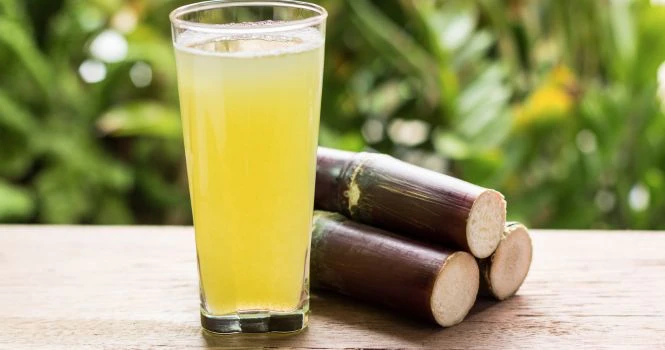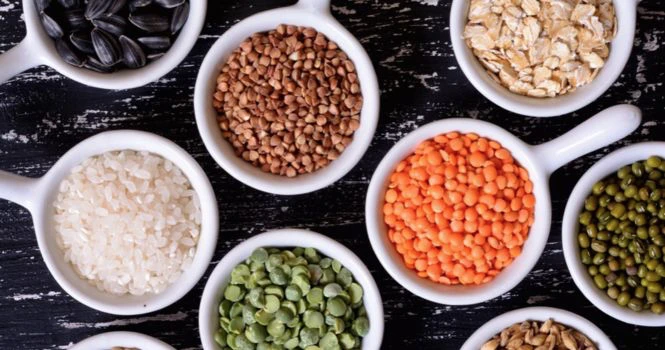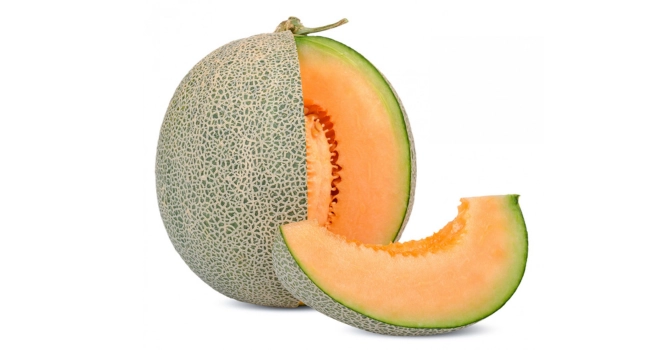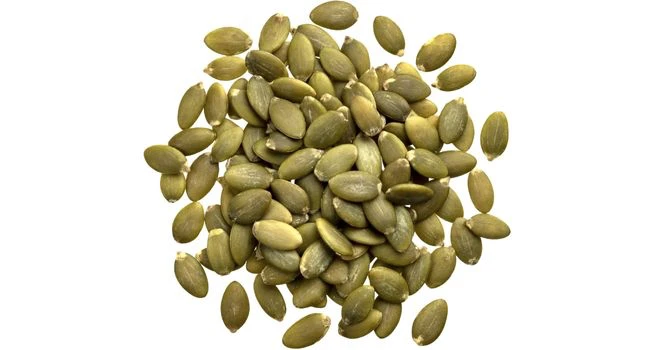What is Idli Rice? Understanding Its Role in South Indian Cuisine
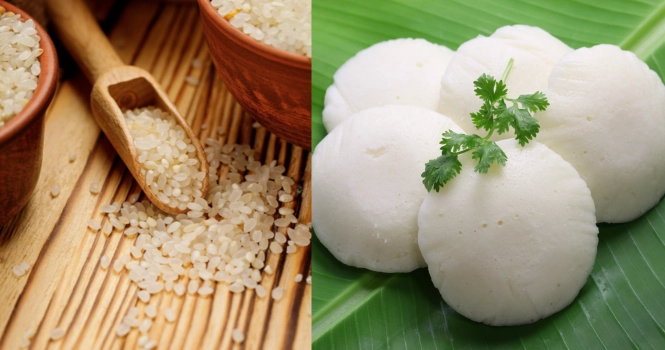
Idli rice is a staple ingredient in South Indian kitchens, revered for its pivotal role in creating the iconic idli, a steamed rice cake that’s a beloved breakfast dish across India.
What is Idli Rice?
Idli rice is a specialized variety of rice used specifically for making idlis, which are a popular South Indian steamed cake that’s a staple breakfast item and snack throughout India. This type of rice is characterized by its short to medium grain size, and it’s distinct from other varieties of rice due to its particular properties that make it ideal for idli preparation.
Characteristics of Idli Rice:
- Grain Size and Texture: Idli rice grains are short to medium in size, with a robust and slightly fluffier texture compared to long-grain varieties. This texture is crucial for achieving the soft and spongy consistency of idlis.
- Starch Content: Idli rice has a high starch content, particularly amylopectin, which contributes to the softness and fermentation-friendly nature of the batter. The right starch composition is essential for the fermentation process, which gives idlis their characteristic texture and slight sour flavor.
- Color and Appearance: The grains of idli rice are usually pearly white and become somewhat translucent when soaked and ground into batter.
Culinary Uses
The primary use of idli rice is, as the name suggests, for making idli batter. The rice is soaked alongside urad dal (black lentils) for several hours, then ground to a fine paste. The paste is then allowed to ferment overnight, which develops its flavor and leavening properties, essential for making idlis light and fluffy.
Nutritional Profile
Idli rice, like other rice varieties, is predominantly composed of carbohydrates, making it a good source of energy. The fermentation process involved in idli making increases the bioavailability of nutrients in the rice and dal, making idlis a nutritious food option. It’s also relatively low in fat and gluten-free, making it suitable for a wide range of dietary preferences.
How to Prepare Idli Batter?
Preparing idli batter is a simple yet delicate process that involves soaking, grinding, and fermenting a mixture of idli rice and urad dal (black lentils) to create the perfect base for soft, fluffy idlis.
Here’s a step-by-step guide to making idli batter:
Ingredients:
- 2 cups idli rice
- 1/2 cup whole urad dal (without skin)
- 1 teaspoon fenugreek seeds (optional, helps in fermentation)
- Salt to taste
- Water as needed
Instructions:
1. Soaking:
- Rinse the idli rice and urad dal separately under running water until the water runs clear.
- In separate bowls, soak the idli rice and urad dal in ample water. Add the fenugreek seeds to the urad dal bowl. Soak for at least 6 hours or overnight. The fenugreek seeds aid in fermentation and give the idlis a nice, fluffy texture.
2. Grinding:
- After soaking, drain the water from the urad dal and rice.
- Grind the urad dal with fenugreek seeds in a wet grinder or a high-power blender, adding water gradually to make a smooth and fluffy batter. The batter should be light and airy; this is crucial for soft idlis.
- Next, grind the soaked idli rice to a slightly coarse batter, adding water as needed to facilitate grinding. The rice batter should have a fine semolina-like texture.
- Combine the ground urad dal and rice batters in a large mixing bowl. Add salt to taste and mix well. The consistency of the combined batter should be thick yet pourable.
3. Fermentation:
- Cover the batter and set it aside in a warm place to ferment for 8-12 hours, depending on the climate. In warmer climates, fermentation will occur faster. During colder months, you may need to place the batter in a slightly warm place, such as inside an oven with the light on or in a warm corner of the kitchen.
- The batter should increase in volume and become light and frothy after fermentation. You should notice a sour aroma, which indicates successful fermentation.
4. Preparation for Idlis:
- Once fermented, gently stir the batter. If it appears too thick, you can adjust the consistency by adding a little water. However, ensure the batter remains thick enough to hold its shape when poured into idli molds.
- Grease the idli molds with a little oil and pour the batter into each mold.
- Steam the idlis in an idli steamer or pressure cooker (without the weight) for about 10-12 minutes or until a toothpick inserted in the center of an idli comes out clean.
5. Serving:
- Allow the idlis to cool for a couple of minutes before removing them from the molds with a wet spoon.
- Serve the idlis hot with sambar and coconut chutney for a delicious South Indian meal.
Tips for Perfect Idli Batter
- The ratio of rice to dal is crucial. A general guideline is 4:1 (rice:dal), but you can adjust this based on personal preference and the specific varieties of rice and dal you’re using.
- The quality of urad dal is essential for fluffy idlis. Fresh, high-quality urad dal yields a better ferment.
- Ensure the environment for fermentation is warm enough, especially in cooler climates, to achieve the right level of fermentation.
By following these steps and tips, you can prepare the perfect idli batter that results in soft, fluffy idlis every time.



